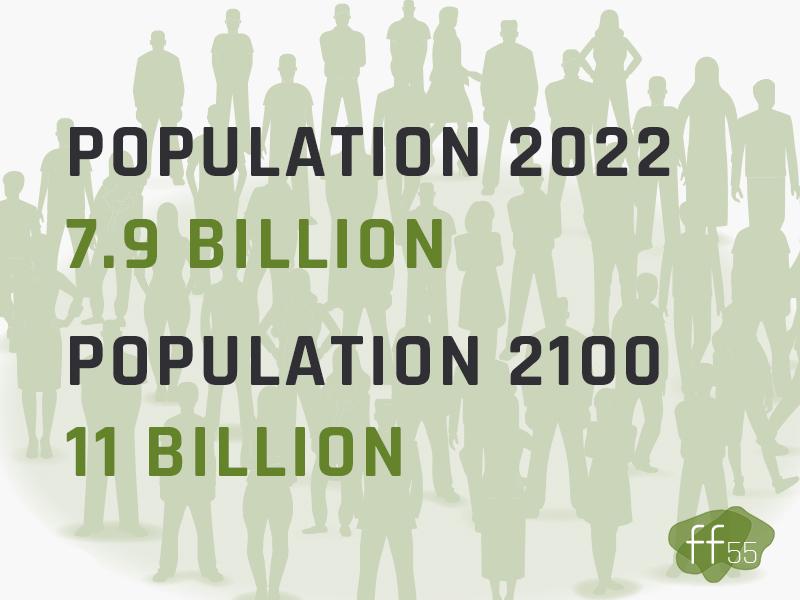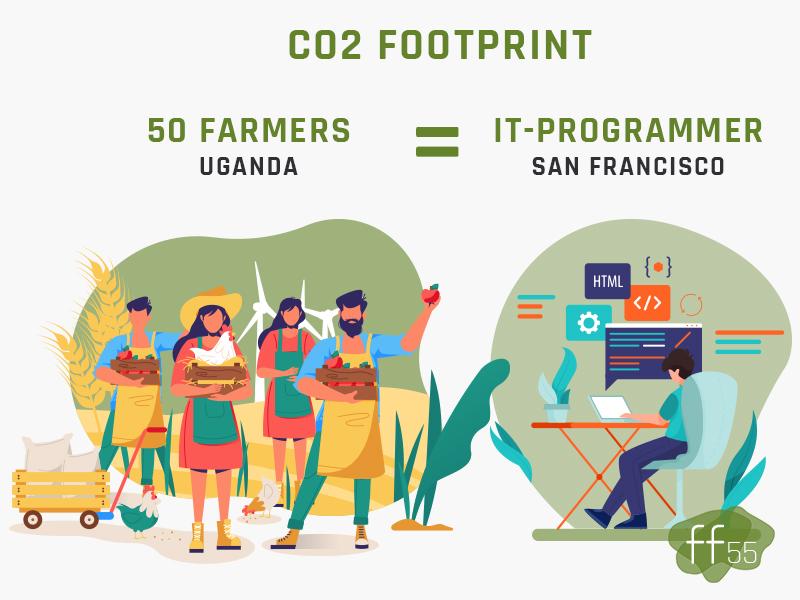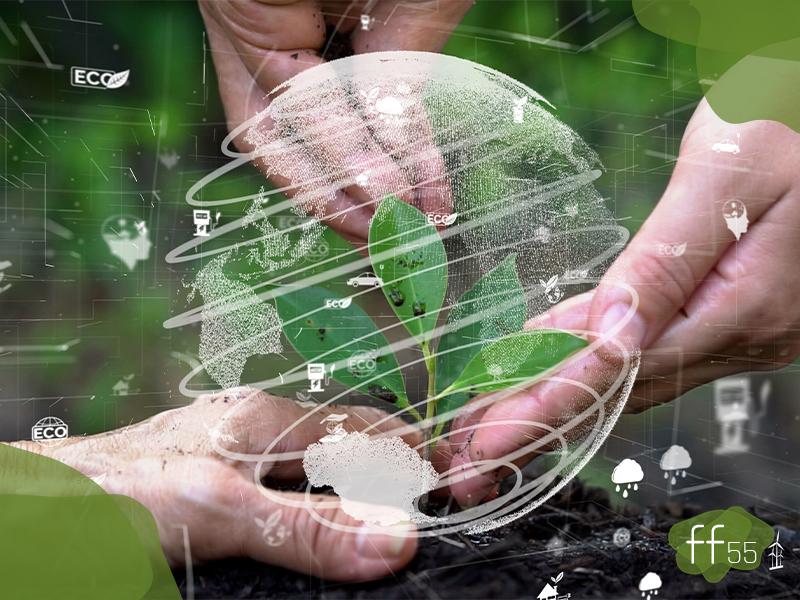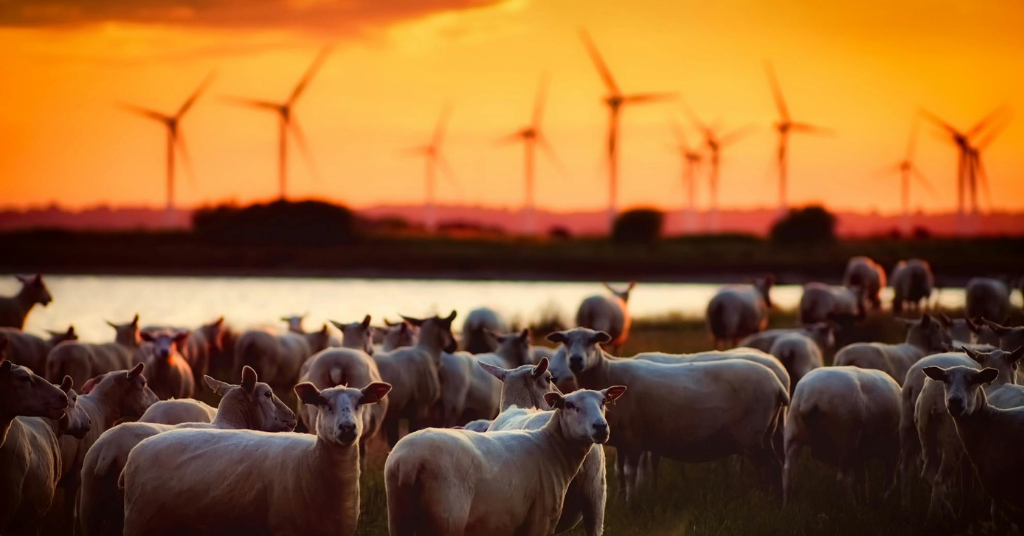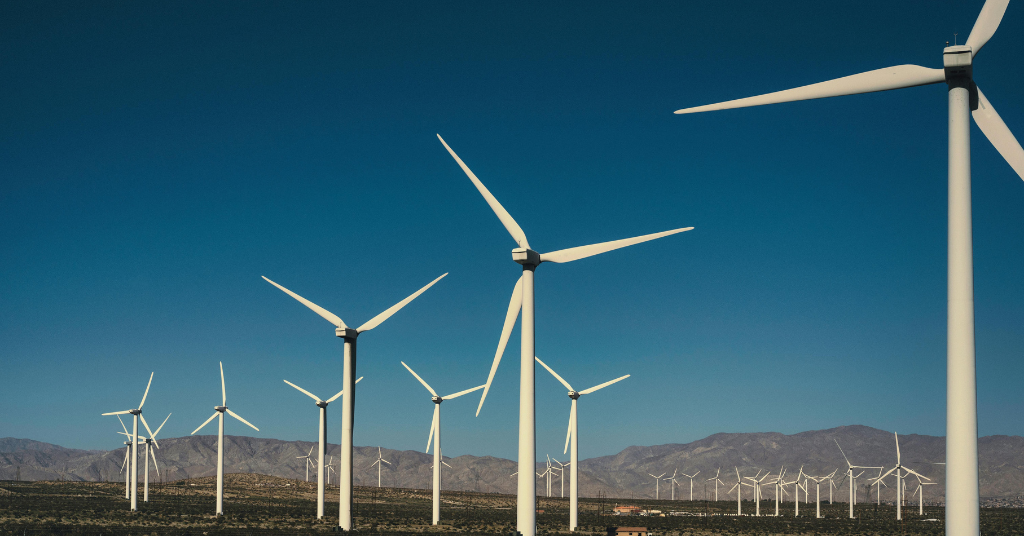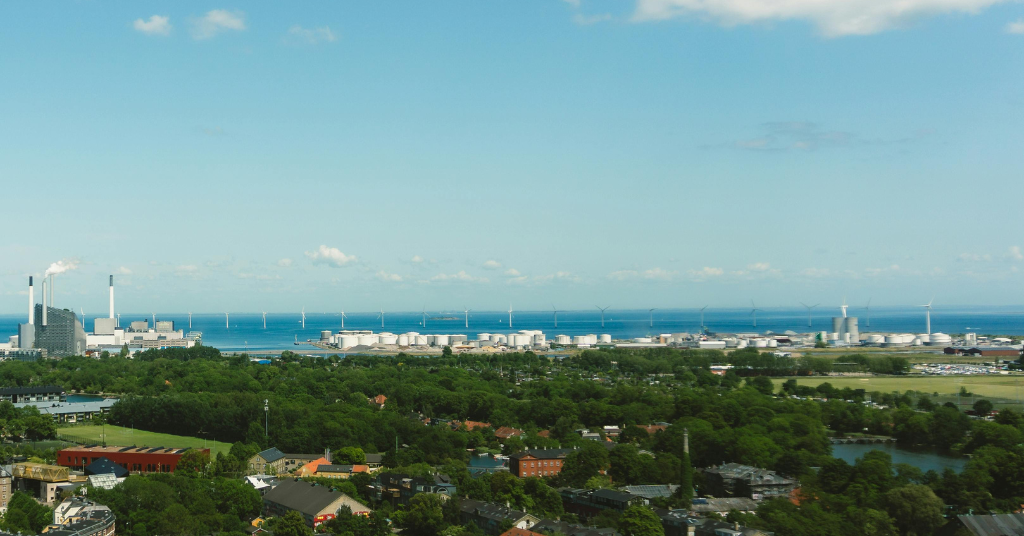We already know that continuously accelerating global warming is caused by increasing amounts of greenhouse gases in the atmosphere. These substances are released into the atmosphere mainly through human activity. Carbon dioxide (CO2) from the burning of fossil fuels (coal, oil, natural gas) is a major contributor to the increase in the greenhouse effect, but other gases such as methane, nitrous oxide and some hydrocarbons also play a role in the process.
Although we hear more and more about the dangers of greenhouse gases, emissions are increasing year by year. In 2019, CO2 emissions were 50% higher than in 2000.
It is true that two years ago, in 2020, due the pandemic we saw the first reduction in emissions in decades – concerning greenhouse gases – but since then everything has returned to its previous trend.
This situation is not just a consequence of human indifference: the process has now become so complex that changes are needed in almost every area of life globally in order to slow it down. These will be discussed below.
In general terms it can be said that, the energy industry (mainly coal and gas power plants), transportation (in addition to road traffic, including flight, shipping, freight), industry and large-scale agriculture and animal husbandry are responsible for the largest emissions.
In addition, the energy use of households, services, buildings, electronics industry and computer technology, and the destruction of forests can be blamed for the dramatic rise in global temperatures.
Difficulties in reducing greenhouse gas emissions
Our collective CO2 emissions can be expressed by some important factors and the relationship between these factors. Two of these factors explain why the world’s CO2 emissions are still rising, and the other two can show how the process can be curbed. These four factors are
Population Size
This huge increase is also dangerous because the more people live on Earth, the more energy, food, products, etc. are needed. So to simplify the formula: the more people on the planet, the higher the CO2 emissions.
The most effective way to slow growth is to invest in health care and give access to contraception and education in developing countries.
Besides it means a huge financial investment, it will take decades for the effects of lower birth rates to materialize, therefore the world’s population, and thus CO2 emissions will continue to grow in the foreseeable future.
Economic Growth
Economic growth is a priority for all nations. Developed countries are investing huge resources in further growth, while developing countries are investing in catching up as quickly as possible. As a result, the emissions of nations will continue to increase. There are plans to make growth decoupled from CO2 emissions, but unfortunately we are not yet close to achieving that.
Energy intensity
Even if the above sounds simple, unfortunately, increasing efficiency alone is not enough. There are three factors that can explain why.
1. Direct rebound effect – this means that the more effective something becomes, the more times it is used. Thus overall, increase in efficiency do not necessarily lead to less energy consumption. Moreover, it can be observed that greater efficiency forces people to use more of these resources instead of less. For example, when aircraft fuel consumption began to improve from the 1980s, ticket prices took a parallel downward trend. As a result, more and more people were able to afford air travel, thus increasing air traffic. So making something more energy efficient does not necessarily result in less energy consumption, which would be the main consideration. There are 3 reasons for this:
2. Indirect rebund effect – This phenomenon is easiest to illustrate with a common example. Sometimes, when we save energy and money as a result of efficiency, we can spend the remaining surplus elsewhere. Suppose we buy a more fuel efficient car. In the long run, the extra money we save will be spent on goods and services (such as air travel) that end up emitting more CO2 than our fuel-efficient cars do.
3. Less return on investment – The more we optimize to make something more efficient, over time it will be harder and more expensive to make it even more efficient, so the return on investment will slow down. Many of our technologies today have already reached this level of efficiency.
As long as we need energy, there will be emissions. Efficiency alone will not create a zero-carbon world
Emissions per Energy unit produced
Humanity’s global carbon footprint is the CO2 released per energy unit generated. For example, coal-fired power plants emit much more CO2 than solar energy per unit of energy. The more fossil fuels we burn, the more CO2 we emit and humanity currently gets most of its energy supply from fossil fuels.
Of course, it is impossible to leave this from one day to the next, but the problem is that we are not even really moving in that direction yet. There are two things we could do to speed up the transition process.
First of all, we need to make the widest possible use of the technologies and alternative implementations that are already available. For example
- We can rely much more on nuclear power and renewable energy sources.
- Taxes on the fossil energy industry can be increased to transfer them into renewable energy sources.
- Strict CO2 payments can encourage different emitters to switch and research and develop as quickly as possible.
- Tightening regulations and subsidies can help increase everyday energy efficiency (eg household appliances, construction).
- etc …
Secondly, focus is a must on research and development of new innovative technologies, because the current situation and our knowledge make it impossible to achieve zero emissions. These are, for example
- Carbon capture and storage (CCS) technology
- a new generation of nuclear power plants
- revolutionizing energy storage from renewable energy sources.
These topics will be detailed later on here on the FF55 blog.


